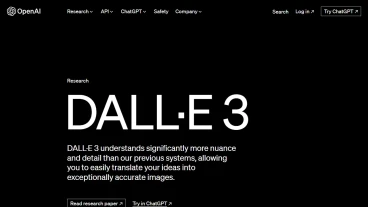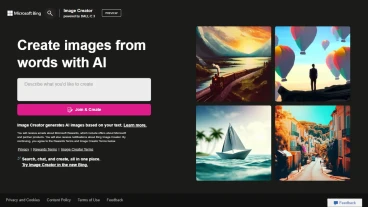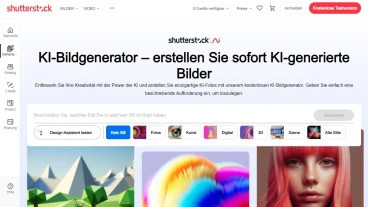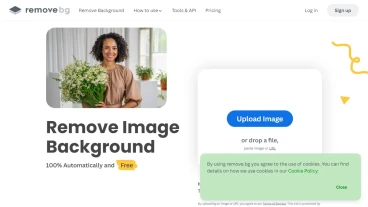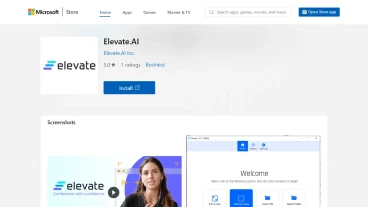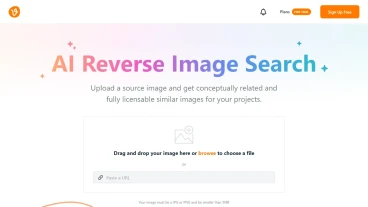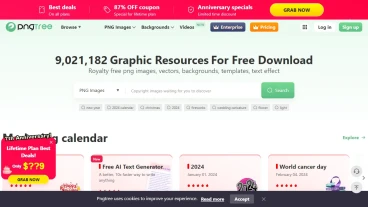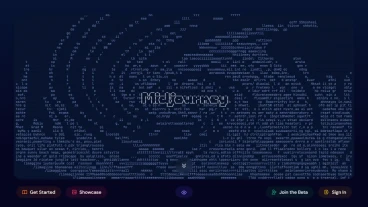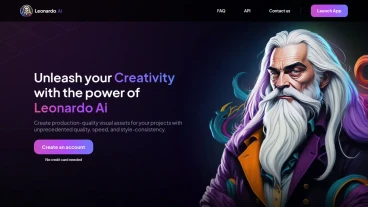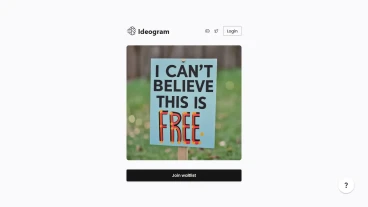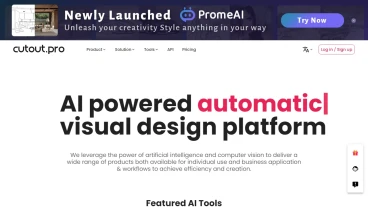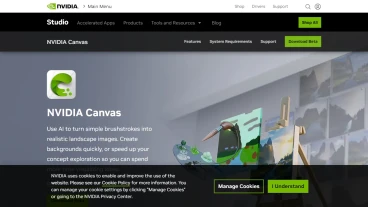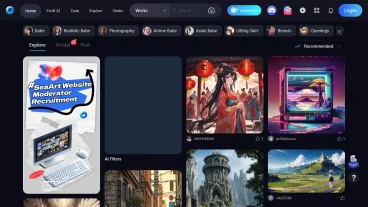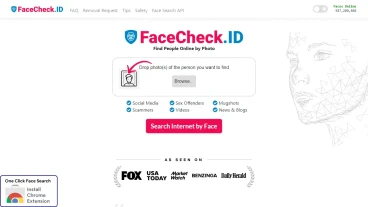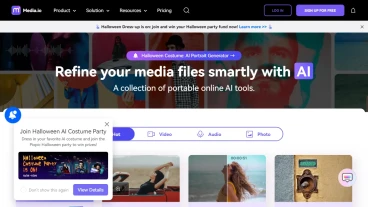Main Purpose
The main purpose of Minigpt-4 is to enhance vision-language understanding with advanced large language models.
Key Features
- Utilizes a frozen visual encoder and a frozen large language model (LLM) called Vicuna.
- Possesses capabilities similar to GPT-4, such as generating detailed image descriptions and creating websites from handwritten drafts.
- Can write stories and poems inspired by given images, provide solutions to problems shown in images, and teach users how to cook based on food photos.
- Uses a conversational template to finetune the model and improve generation reliability and overall usability.
- Highly computationally efficient, as it only trains a projection layer using approximately 5 million aligned image-text pairs.
Use Case
- Researchers and developers working on vision-language understanding and generation models.
- Individuals or organizations interested in exploring the capabilities of advanced large language models in the context of vision and language tasks.

